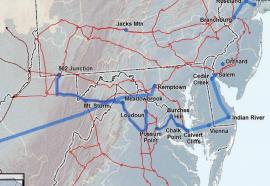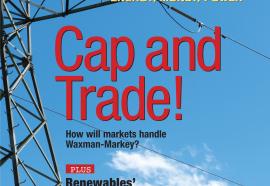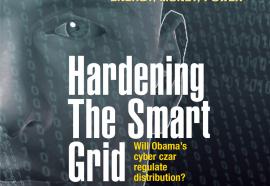Wellinghoff's War
FERC fights for the green-grid superhighway—even if Congress won’t.
The Senate’s deadlock over carbon cap-and-trade legislation has not deterred FERC Chairman Jon Wellinghoff from an agenda bent on promoting renewable energy and fighting climate change. Last fall, even as Congress dithered, FERC launched a landmark initiative that likely will lead to sweeping new rules for expanding the nation’s electric transmission grid, grounded on Wellinghoff’s belief in wind, solar, and green power resources.










